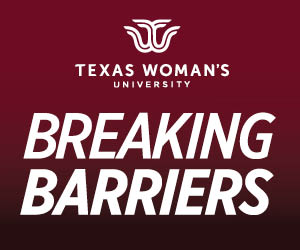ONLINE ONLY: Artemis Project launches decades after moon landings
December 8, 2022
Ryan Bingham Duff
Staff Writer
For the first time in 50 years, NASA is making a trip to the moon, this time in a rocket named The Artemis I. Unlike the last trip, the Orion capsule contains three crash test dummies instead of astronauts on the 25-day trip. NASA hopes the new data will make for a safer manned mission, calling it a “dress rehearsal.”
The moon sets in front of the NASA Artemis rocket in Cape Canaveral, Fla., earlier this year. Photo Associated Press
According to the Associated Press, on Nov. 16, 15,000 spectators cheered and applauded at the Kennedy Space Center near Cape Canaveral as they witnessed the thrusters underneath the rocket light up and blast off launch pad 39B and then slice through the Earth’s atmosphere at 1,120 mph. Not long after that, the capsule named Orion detached from the rocket, embarking on its journey to the moon.
“This time when we go back, we are not sending people up in what’s effectively a Coca-Cola can,” said Professor Heather Appleby, who teaches astronomy at the Dallas College Richland campus. “The 12 men (including Neil Armstrong) that we sent up,” referring to the Apollo series of moon missions in the late 1960s and early 1970s, “Those of us in the civilian population, we don’t understand just how lucky those guys were.”
According to Appleby, “The sun happened to be, I think, was in solar maximum when we went to the moon the first time,” she said. “There were no solar storms going on.” Appleby describes them as coronal mass ejections. “If that had happened while those guys were out not only would that have been bad for them on a biological level,” she explained the outcome of what could have happened to the ship if it did indeed travel through what she described as the solar storm. “It very possibly and probably would have knocked out all the electronics on that ship.”
Today, with modern technology now at an advanced stage, “The reason we have calculators today is because NASA didn’t like the fact that they had to rely on 20 different guys doing the exact same math on a slide rule and hope that no one got it wrong.” Appleby said the shuttle is equipped with all the right calculations for astronauts to rely on in case anything should go wrong.
“Part of the point of going back to the moon is because we eventually want to send people to Mars and Mars is going to be a nine-month trip there; a nine-month trip back plus 6-7-8 months on the surface.” Appleby said.
According to the Associated Press, NASA intends on sending four astronauts to the moon by 2024 and land humans there as early as 2025.
More than two weeks after the launch, the Orion capsule entered the moon’s orbit that stretches tens of thousands of miles around it. So far, according to Associated Press, the spacecraft remains on track.



